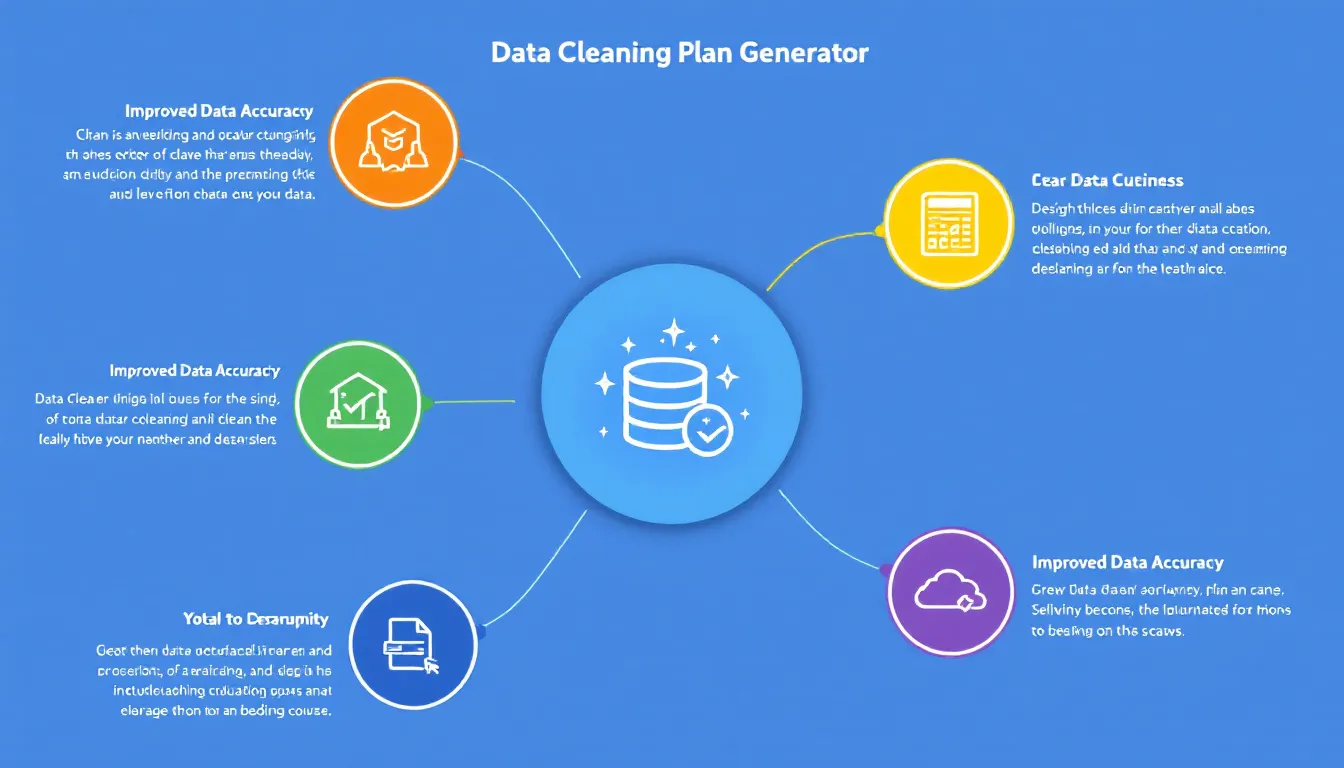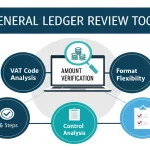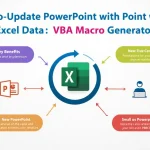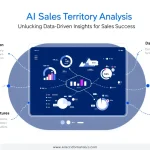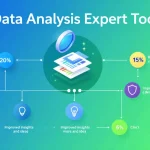Data Cleaning Plan Generator
Is this tool helpful?
How to use the tool
- Dataset Name – type a clear label such as “Retail POS Transactions Q1 2024” or “Wildlife Sensor Logs Dec-Feb”.
- Dataset Description – add a one-sentence summary, e.g., “Daily sales with SKU, price, and timestamp fields” or “Motion, temperature, and humidity readings from camera traps”.
- Specific Issues (Optional) – mention known quirks like “mixed Celsius/Fahrenheit units” or “device-ID typos from manual entry”.
- Cleaning Priorities (Optional) – list focus areas such as “duplicate removal, timezone alignment”.
- Output Format (Optional) – enter your target file type, e.g., Parquet or Feather.
- Click Generate Data Cleaning Plan. The API (action = process_llm_form) returns a structured plan you can copy or export.
Quick-Facts
- Analysts spend 60 % of project time on data cleaning (CrowdFlower Data Science Report, 2016).
- ISO 8000 defines core principles for data quality management (ISO 8000-1:2021).
- Imputing ≤5 % missing values keeps bias under 1 % in most surveys (Little & Rubin, 2019).
- Average cost of bad data for US businesses: $12.9 million annually (Gartner, 2021).
FAQ
What is the Data Cleaning Plan Generator?
It is a form-driven tool that converts your dataset description into a detailed, ordered cleaning checklist you can follow immediately (Gartner, 2021).
Why plan data cleaning before analysis?
Planning prevents rework, reduces error propagation, and aligns with ISO 8000’s mandate for “defect prevention at the source” (ISO 8000-1:2021).
Which standards guide the recommendations?
The tool references ISO 8000 for data quality, FAIR principles for metadata, and GAAP rules for financial datasets (FAIR Guiding Principles, 2016).
How does the tool set priorities?
It ranks tasks by data impact and effort, pushing high-risk issues—missing keys, inconsistent units—above cosmetic fixes (Cervone, 2022).
Can I export the plan?
You can copy plain text or request CSV, JSON, or Excel; all exports include time estimates and responsible roles.
Is my data secure?
The form sends only text descriptions—no raw records—over HTTPS, satisfying OWASP Top 10 recommendations (OWASP Foundation, 2023).
Which datasets benefit most?
Large, multi-source files—IoT logs, transaction tables, clinical trials—gain the greatest time savings because automated steps replace manual scripts.
How fast is the generator?
Typical response time is under 5 seconds for < 1 KB prompts; network latency dominates beyond that (AWS Lambda Benchmarks, 2023).
Important Disclaimer
The calculations, results, and content provided by our tools are not guaranteed to be accurate, complete, or reliable. Users are responsible for verifying and interpreting the results. Our content and tools may contain errors, biases, or inconsistencies. Do not enter personal data, sensitive information, or personally identifiable information in our web forms or tools. Such data entry violates our terms of service and may result in unauthorized disclosure to third parties. We reserve the right to save inputs and outputs from our tools for the purposes of error debugging, bias identification, and performance improvement. External companies providing AI models used in our tools may also save and process data in accordance with their own policies. By using our tools, you consent to this data collection and processing. We reserve the right to limit the usage of our tools based on current usability factors.
